interested in private dining?
this raw, private room is a flex space between art and dining.
the greenhouse-like space located in the arts district is centered around a custom built 16’ monolithic, live-edge pine table with six benches that seat up to 20 guests...

gry space-1917
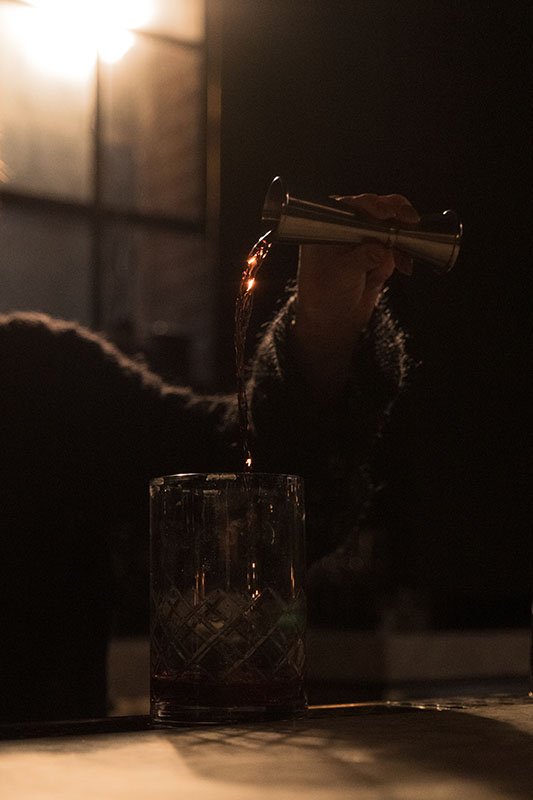
gry space-2255
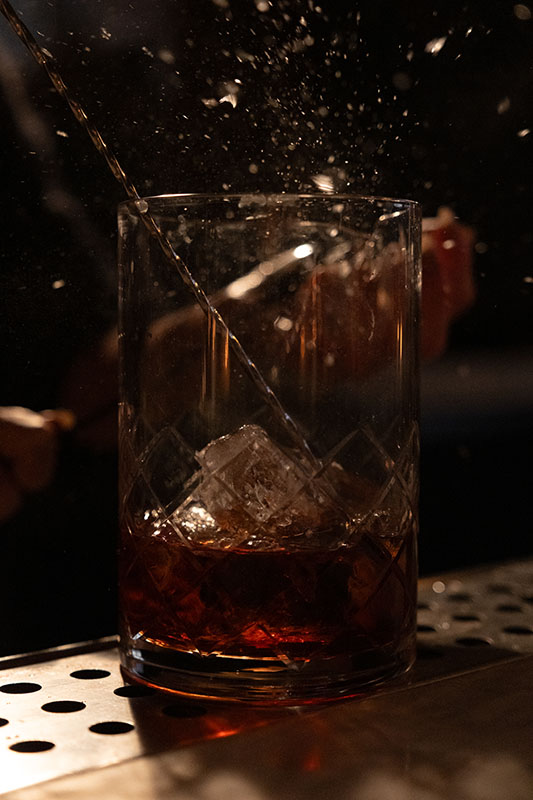
gry space-2311
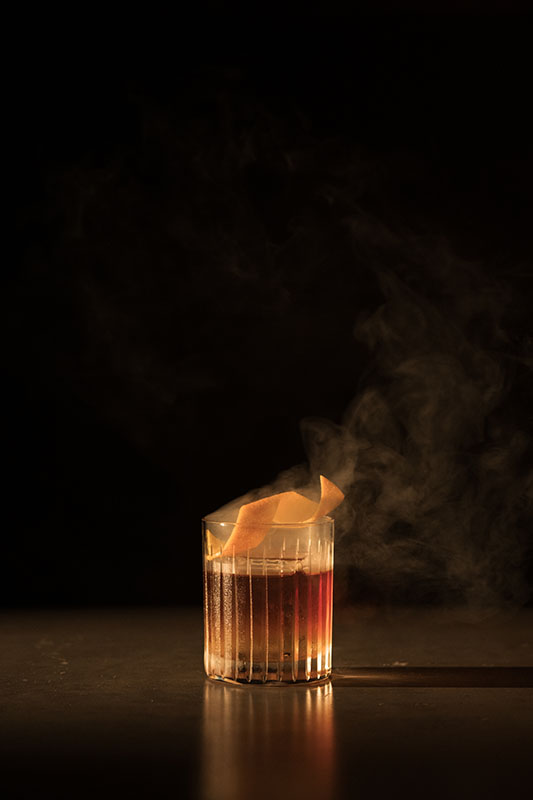
THE KITSUNE
Legent Bourbon, Ron Zacapa No. 23, Smoked Miso Cane Syrup, iichiko "Saiten" Shochu, Shitake Bitters
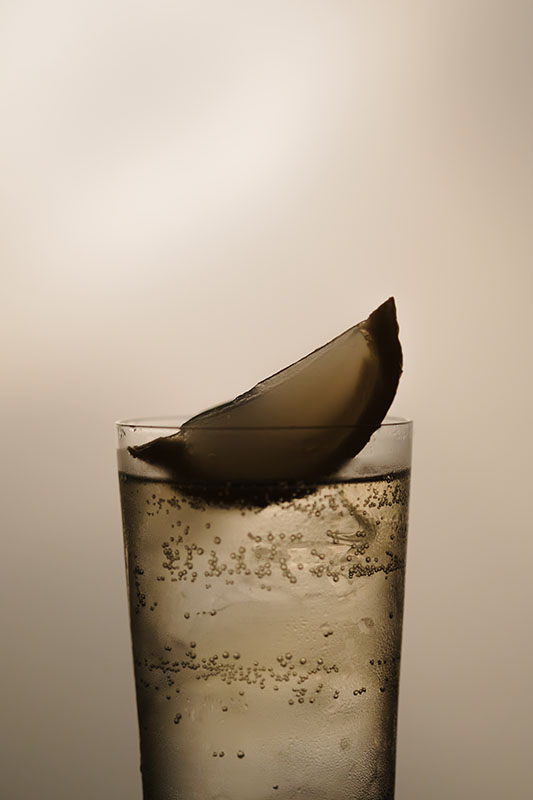
KODO-HI
Suntory Toki Whisky, Seltzer Water, Yuzu
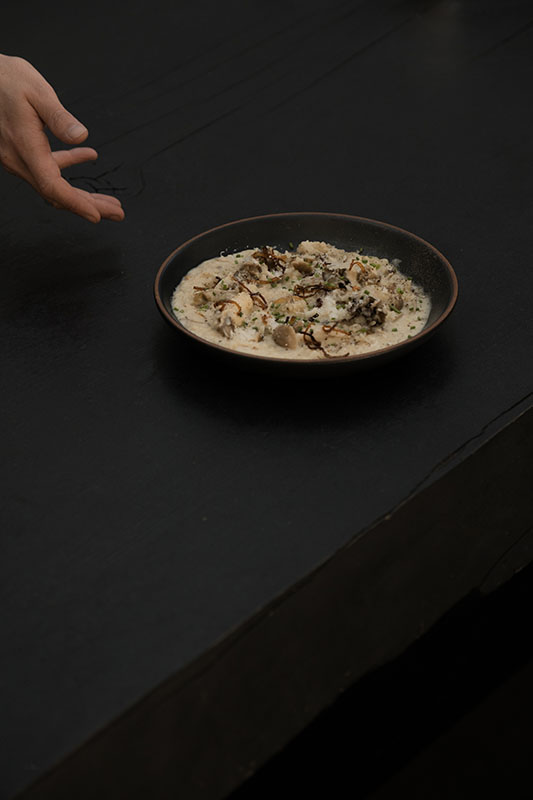
Truffle Risotto
Truffle Risotto Maitake, Shimeji, truffle oil, parm
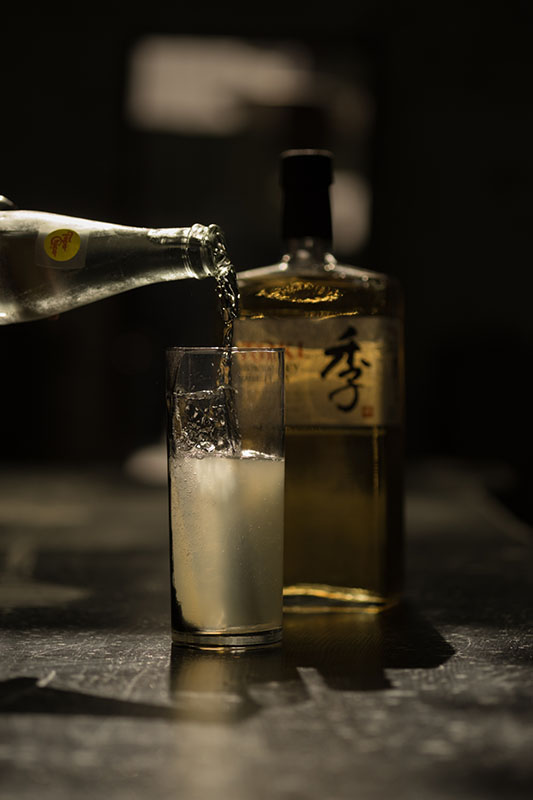
gry space-DSCF5078
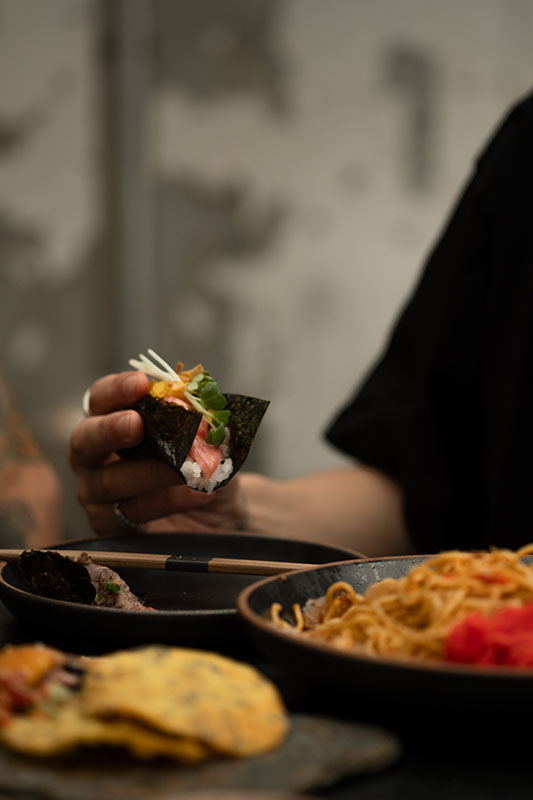
gry space-DSCF5266
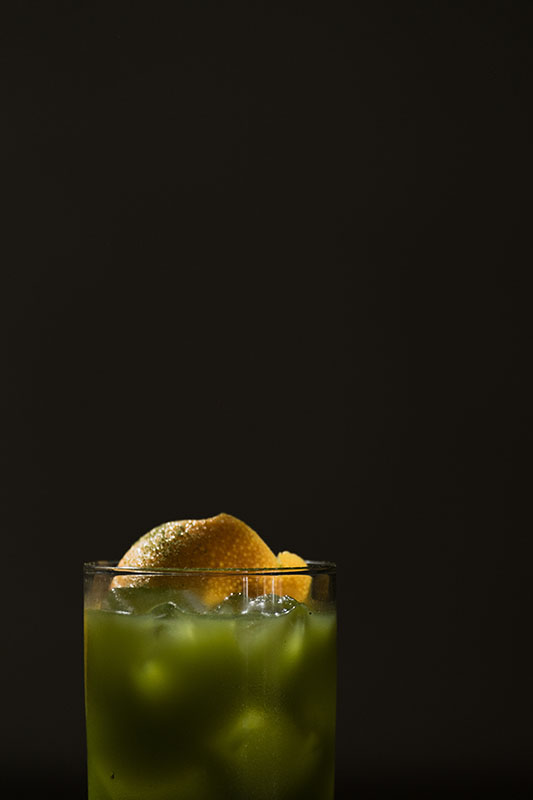
gry space-DSCF7905
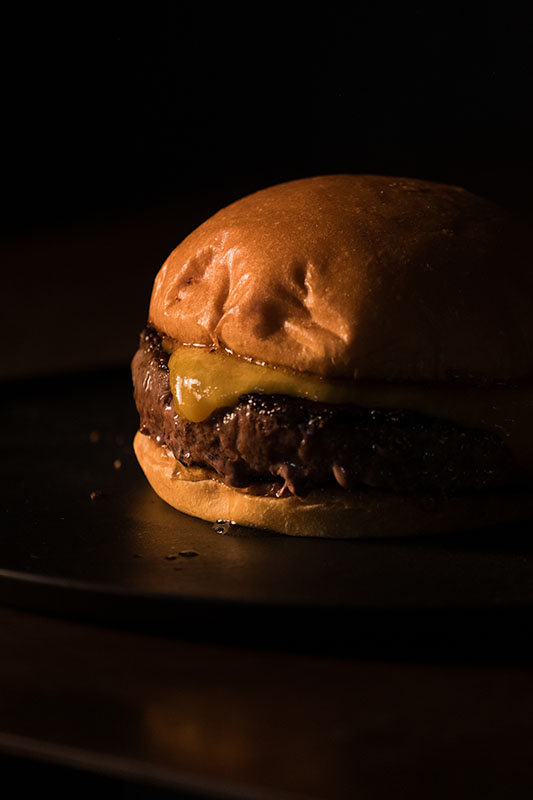
Wagyu Cheeseburger
fatty wagyu patty, cheddar, brioche
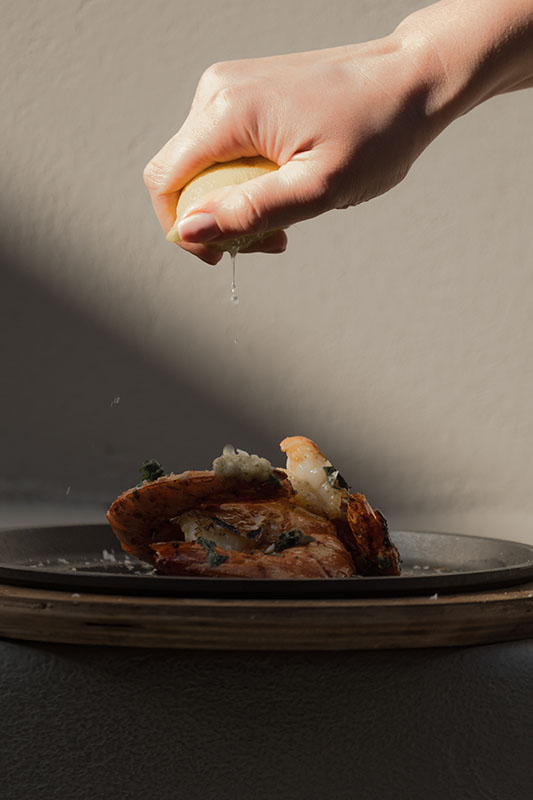
Chimichurri Prawns
Shiso Chimichurri, yuzu kosho butter

BENI NEGRONI
Ford's Gin, Awayuki Strawberry, Campari, Umeshu, Cinzano Sweet, Vermouth Etched Single Old Fashioned

groupdinner-DSCF6615-55
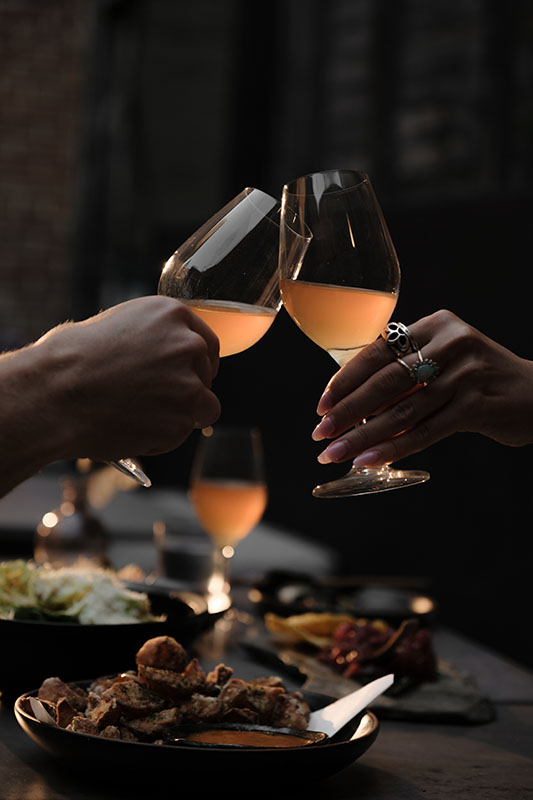
groupdinner-DSCF6618-58
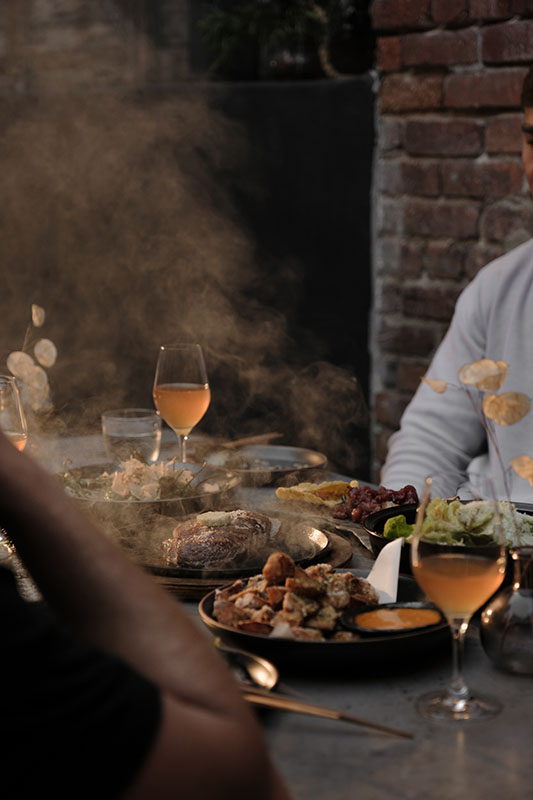
groupdinner-DSCF6624-62
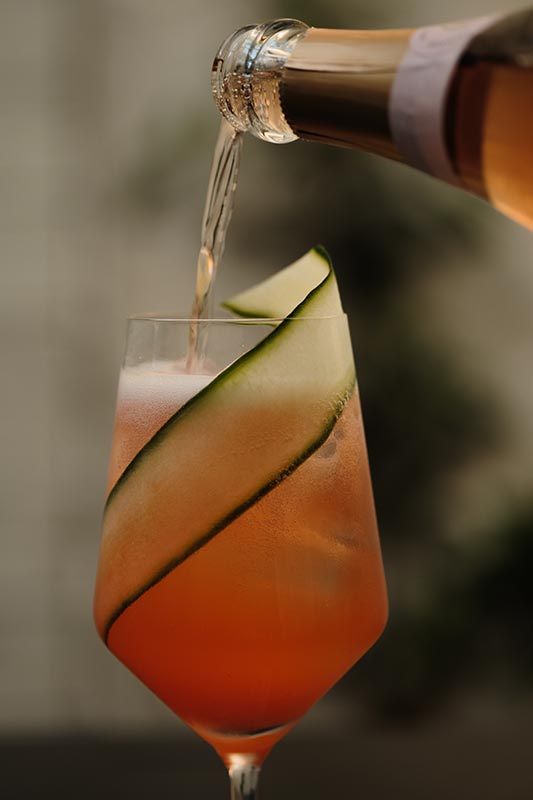
KYURI SPRITZ
Cucumber Aperol, Lychee, Sparkling Rose, San Pellegrino

HEAVEN SENT
Diplomatico Planas Rum, Sakura-Grapefruit Cordial, Heaven Junmai Sake, Lemon Juice, Maraschino, Mint

DAGASHI
Haku Vodka, Calpico Melon, Artonic Melonade, Aperitif, Lime Juice, Pear Brandy
